By Jérôme Heim (@jerome_heim)
It’s not because your city is one of the cradles of the luxury watchmaking industry that there is enough money to build a public skatepark. The money stays where the company owners live, not where the workers do. Le Locle, a small town in the French-speaking part of Switzerland, has been struggling with financial difficulties for years. After several requests for a skatepark, we — a group of skateboarders, BMX riders, and scooter riders — decided to build it ourselves.
In 2014, we approached the city council with two proposals. First, in a skate-urbanism approach, we asked for permission to improve a spot we had been riding since the late 1980s: a schoolyard with a nice sidewalk and, in part of it, a perfectly flat surface. Behind the school, there was a thirty-meter-long covered passageway with a concrete floor, where we requested permission to build a skatepark.
We didn’t ask the city council for money, only for the help of public services with material transport and the loan of tools. We also suggested working with the local youth recreation center, as we wanted to include not only riders but also local children and teenagers. The politicians were very supportive of this idea. All we needed was a building permit. On the plan we submitted, we had drawn a quarter pipe, a bank, and a pyramid. Needless to say, we didn’t really build that — and neither did we stop afterwards. Fortunately for us, the City doesn’t require a new permit for every obstacle, only their validation.
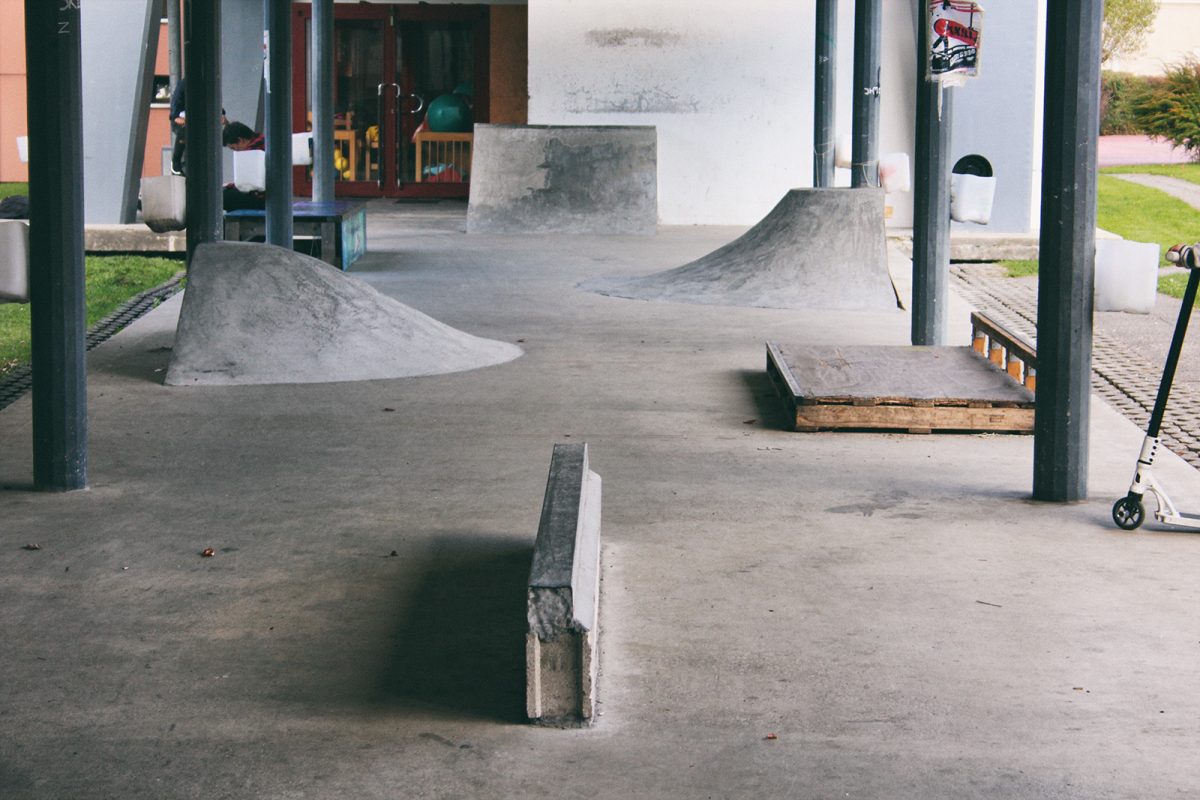
In 2015, with absolutely no experience in concrete work, we built a ledge in the schoolyard, and under the passageway a small quarter pipe and a speed bump. For that first quarter pipe, we had no idea how to pour concrete, so we troweled it for eight hours straight, constantly adding water and fighting the bumps it created! Two years later, Jeremy Durand, just before starting the Versus DIY skatepark in St-Jean-de-Maurienne, came and showed us the right tools and techniques. It’s better to do it properly than to add a final cement layer that looks smooth but ends up way too slippery. Over the years, other experienced people came to help us: Oli Bürgin, Claudia Riera, the Yachting Club Mauriananais, and Joël Vernier, an old craftsman who used to build bubble-concrete houses.

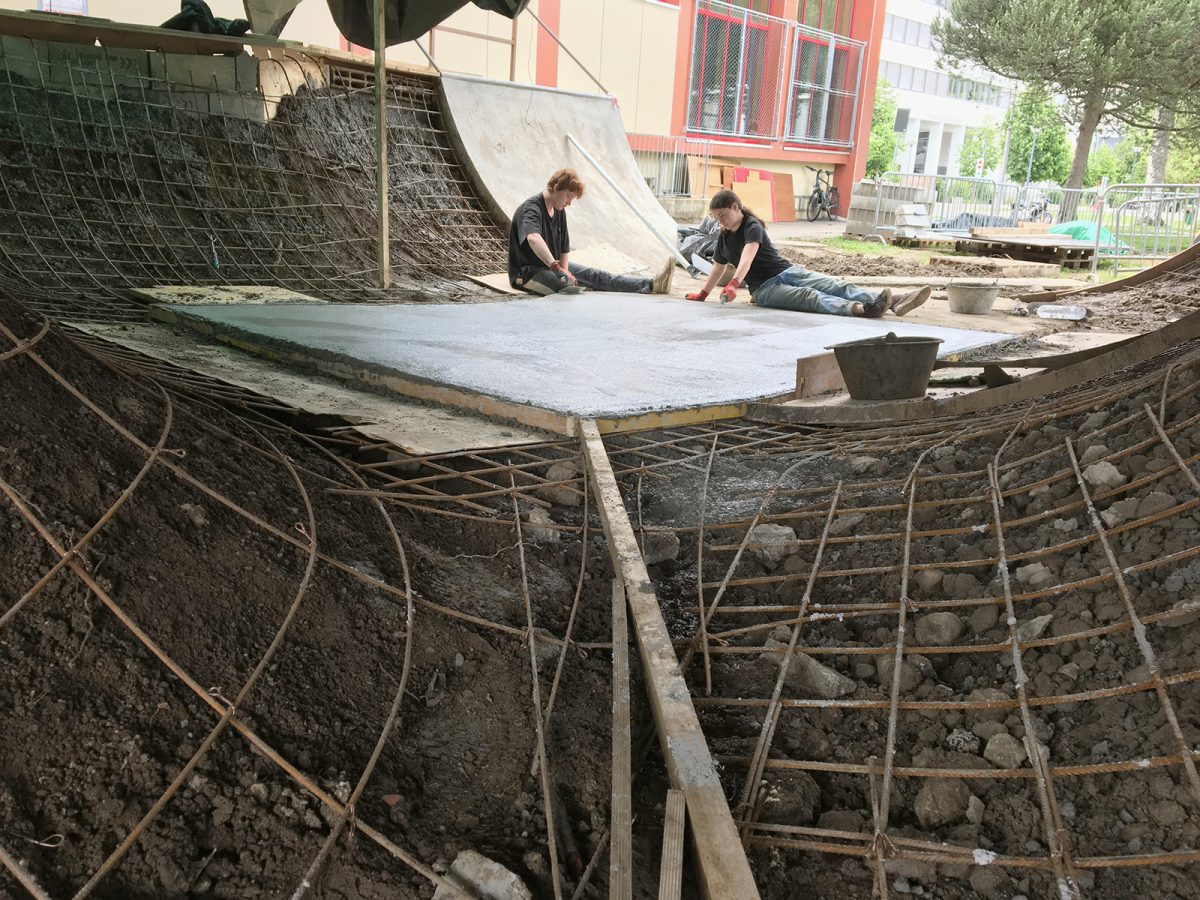
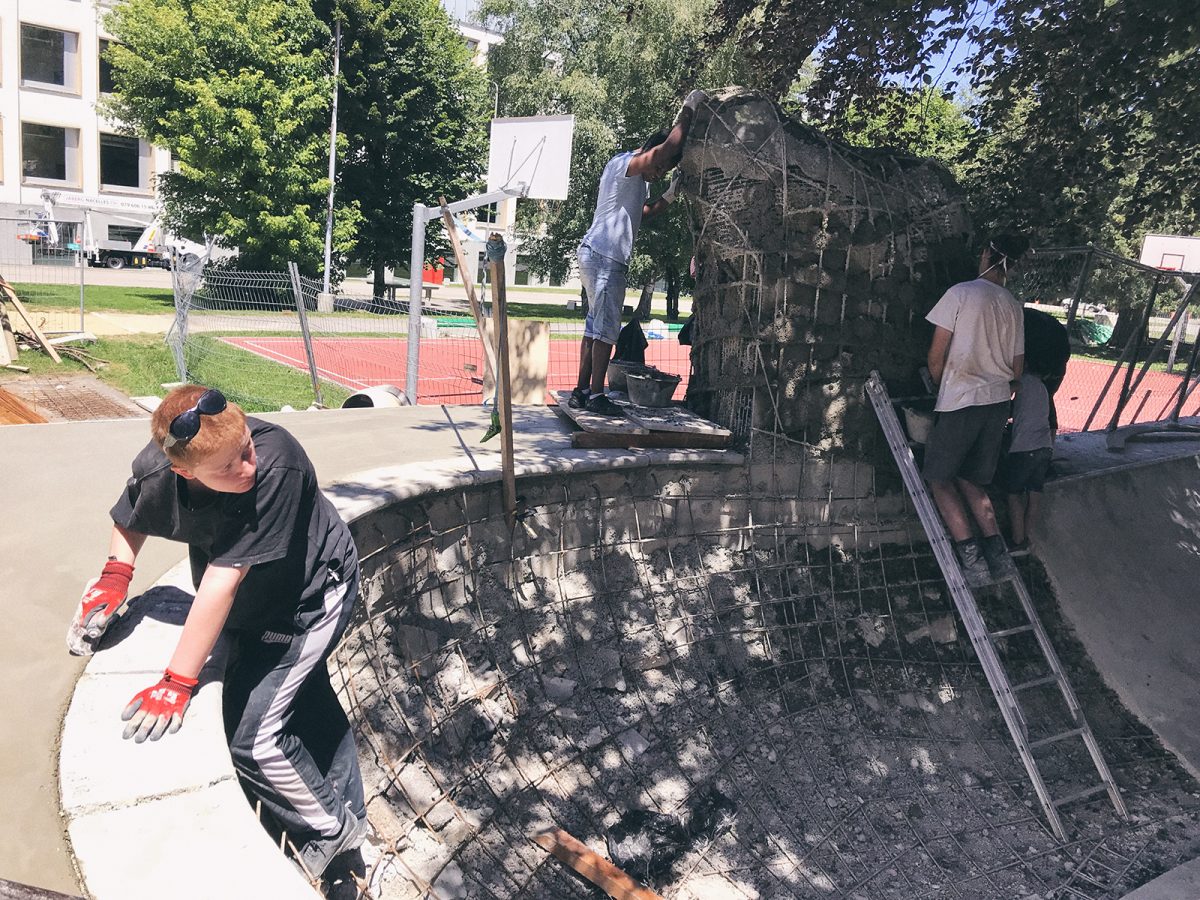
Since then, almost every school holiday (spring, summer, and autumn), we’ve organized a building jam lasting one, two, or even three weeks, with the goal of adding a new section to the skatepark. Beyond the initial permit, there was no master plan — the skatepark was designed by the association members, evolving step by step, each addition improving on what was already there. Sometimes, an obstacle didn’t fit, blocking speed or tricks, so we replaced it with something better. Of course, the skatepark is a way to clear our minds from daily worries, but at least for me, it also brings constant thoughts about what to build, change, fix, or improve. Instead of being a mental health outlet, a DIY skatepark can sometimes drive you crazy!
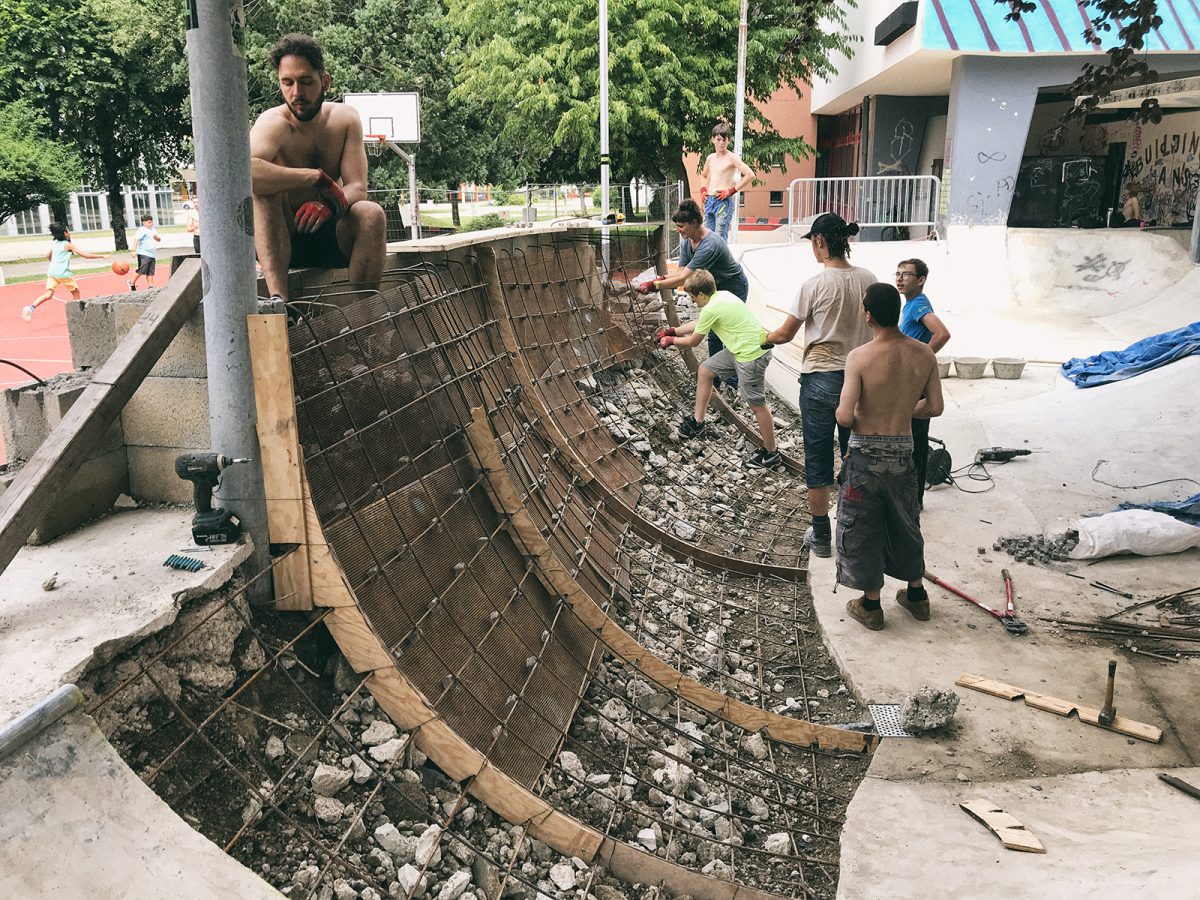
But beyond the skatepark itself, what really matters is the process. This project brings people together, including many who don’t even ride. They’re drawn by the opportunity to improve a public space, to be creative — whether by building a giant monster sculpture, baking pizzas in our wheelbarrow oven, or organizing events with live shows — or simply by the joy of doing something together. As I often tell the City, among its many virtues, being involved in such a project develops skills, builds self-esteem, creates social ties, and fosters a sense of belonging and citizenship. Of course, for us as riders, the main advantage is that we get to build exactly what we want to ride.
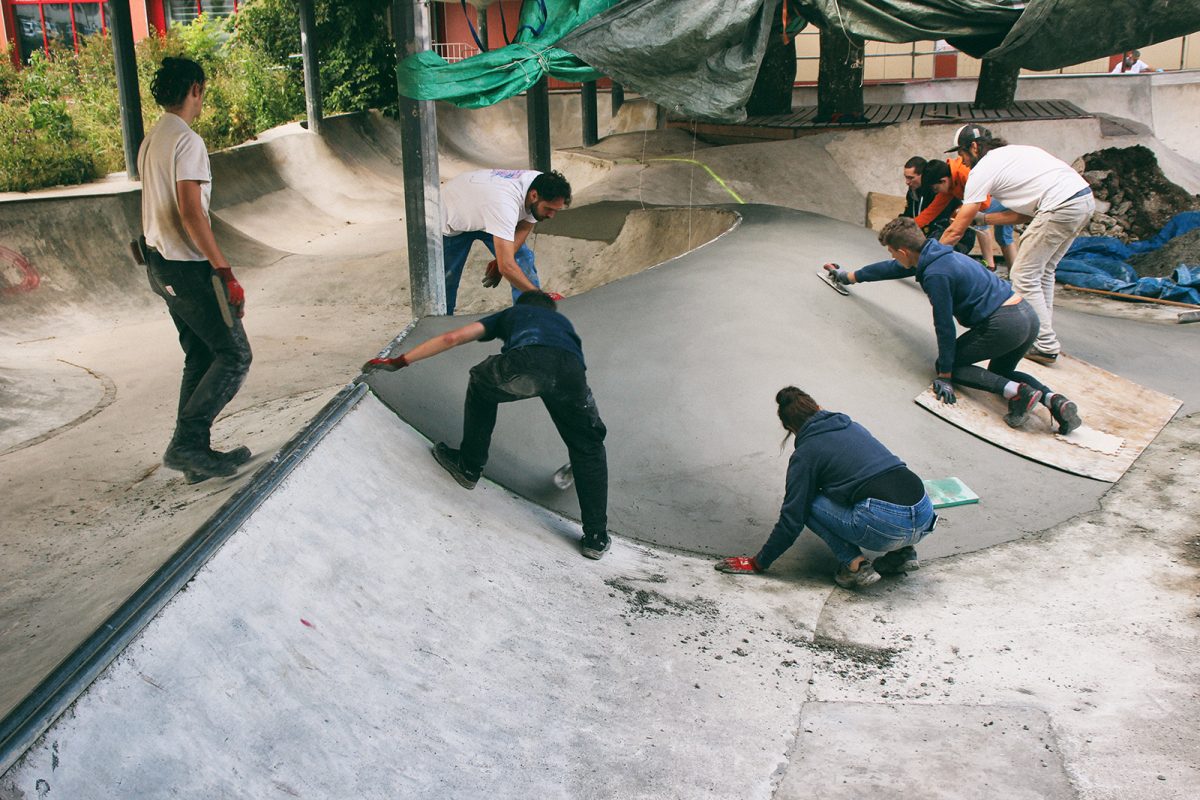
Unfortunately, this freedom also led to problems. In 2022, after seeing the barrier we had welded together from pieces of metal, a city employee requested a safety inspection. The results showed that not only the barriers but also the pillars supporting the shelter roof (which was too low) were non-compliant. Without consulting us, the city immediately closed the skatepark. For the volunteers, the one-year closure was tough. Surrounded by high fences to prevent use, the skatepark looked like a crime scene. In the end, it reopened after we installed regulation boards and scheduled the replacement of the barriers. We also had to modify some obstacles. The municipal architect even produced a “risk analysis” concluding that, since no accidents had ever happened there, there was no need to demolish the shelter or the covered part of the skatepark.
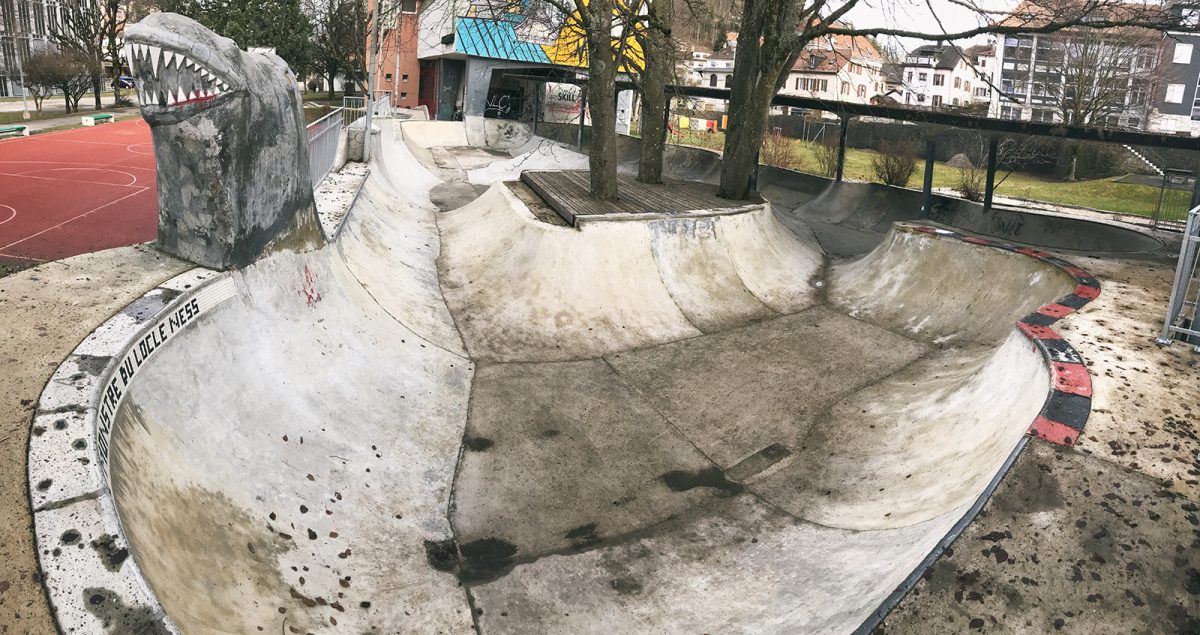
Ten years, 23 building jams, and tens of thousands of volunteer hours later, we now have a skatepark of about 700 square meters. It’s a snake-run flowpark with some street-style spots. The flat ground of the schoolyard has been completely redone, and we’ve built a granite-stone ledge, a hip, and a small transition. Since 2015, we’ve raised around €125,000, which we used to buy materials and tools, and to pay a construction company for some heavy work, especially the digging. We know the park can’t expand further, but we already have ideas to replace and improve some spots.

The Locle Ness Monster is alive—and will keep evolving.


Monster of Locleness DIY
10 years anniversary
Interview by Jérémy Durand (@versus_skatezine)
I have so much respect for the mastermind behind this project, it’s hard to into words.
But I mean, how many successful sociologists in the world managed to start a legal DIY in a college playground ten years ago with a small battalion of inexperienced kids ?
Yep, I guess there is only one on earth. And I’m lucky enough to interview this guy today, my good old friend, Mr. Jérôme Heim!
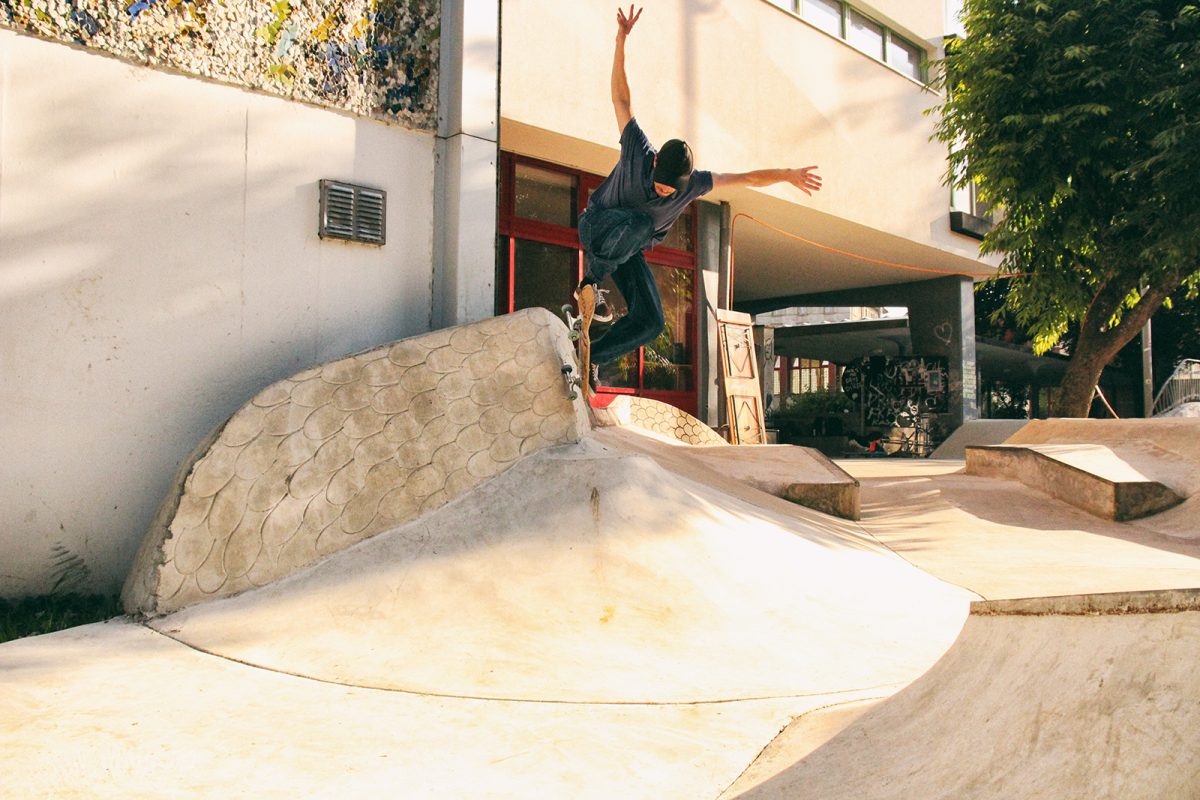
Jérôme! The city of Le Locle where your DIY is located still didn’t put up a sculpture of you, but you are about to get interviewed in Confusion, it’s pretty much the same, or even better right? (laugh)
Actually, there is a sculpture of myself, but it looks like a monster (some of us claim that it even looks like beaver’s head). Honestly, I prefer to be in Confusion, there is less risk of being covered in pigeon droppings or tagged with dick drawings.

Ten years… Did you expect this adventure to last that long when you started in 2015 ?
I really don’t remember what I expected in the beginning. I have what I call the “handyman syndrome”, the thought that something you’re building would be finished very quickly. But it wasn’t the case, and we found out that what we’ve built wasn’t enough in relation to the vision of a skatepark we had initially. When you put your hand in concrete, you discover that you always want to keep on the development of the skatepark. Even now that the City doesn’t allow us to expand, I’m constantly thinking about how to improve it. So, this adventure won’t end until the spot would be perfect – that will never happen obviously.
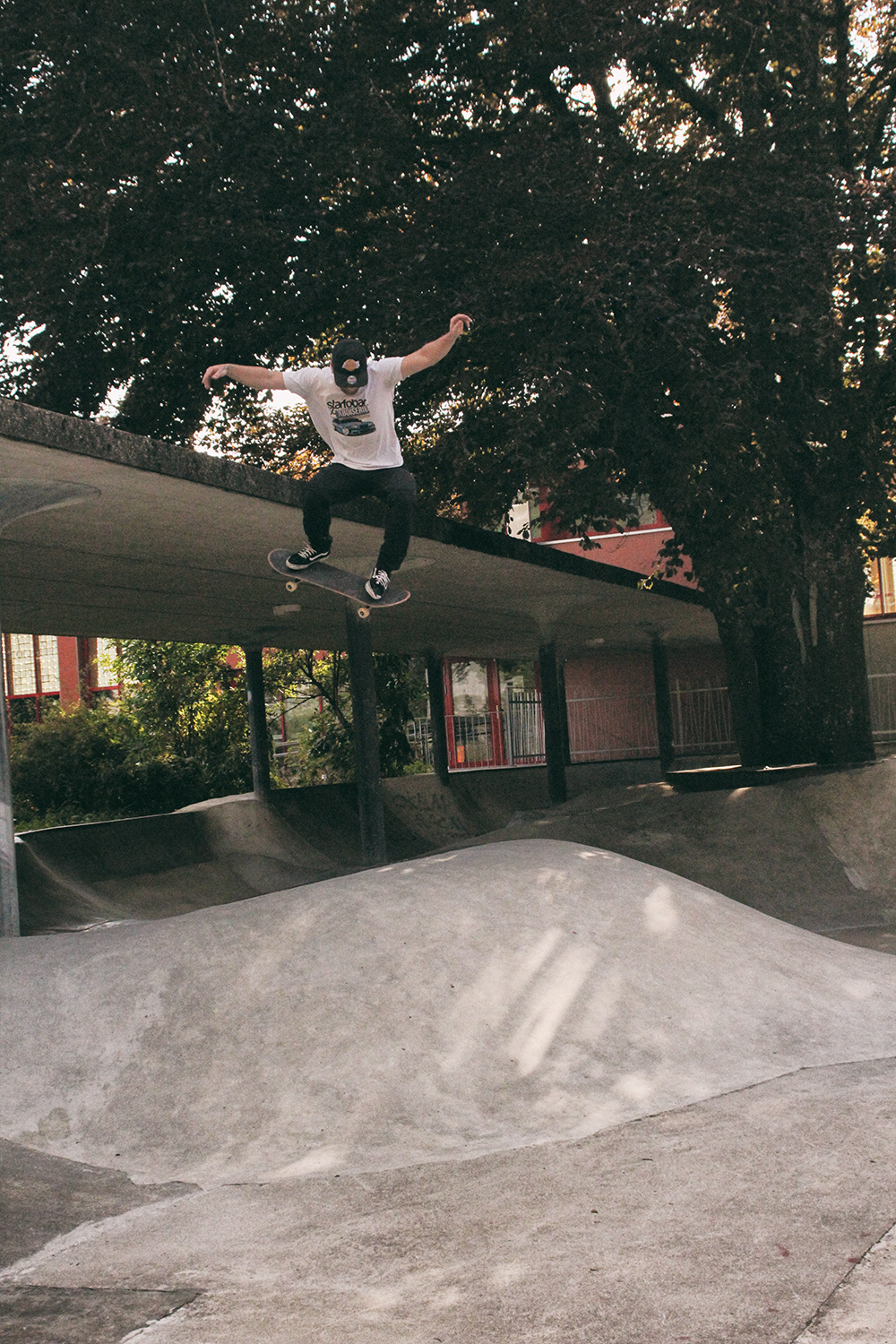
You are way more clever and mellow than me, really articulated, and open-minded, but still, you too, had a hard time dealing with the council / authorities sometimes? How come, such a project, with volunteers, involving and teaching kids skills, building a municipal infrastructure pretty much for free, isn’t 110% supported by the government ?
When we reached out to the city council, they were very supportive of this project precisely because we wanted to involve kids and presented it as a way to teach them how to be good citizens and respectful users of the place. And, of course, we didn’t request money, only the help from public services and the possibility to add some spots in the schoolyard we’ve been using for decades and to build a skatepark under a covered passageway. The relationship with the city was good until an employee mandated a control for safety conformity, which concluded that the municipality should close the skatepark, what they did. I understand this decision regarding their responsibility, I regret the lack of communication with our association and the time it took to resolve the problem. But, finally, when I think about all the freedom they gave us to build this place just beside a school, I wonder how many municipalities would do that this way.
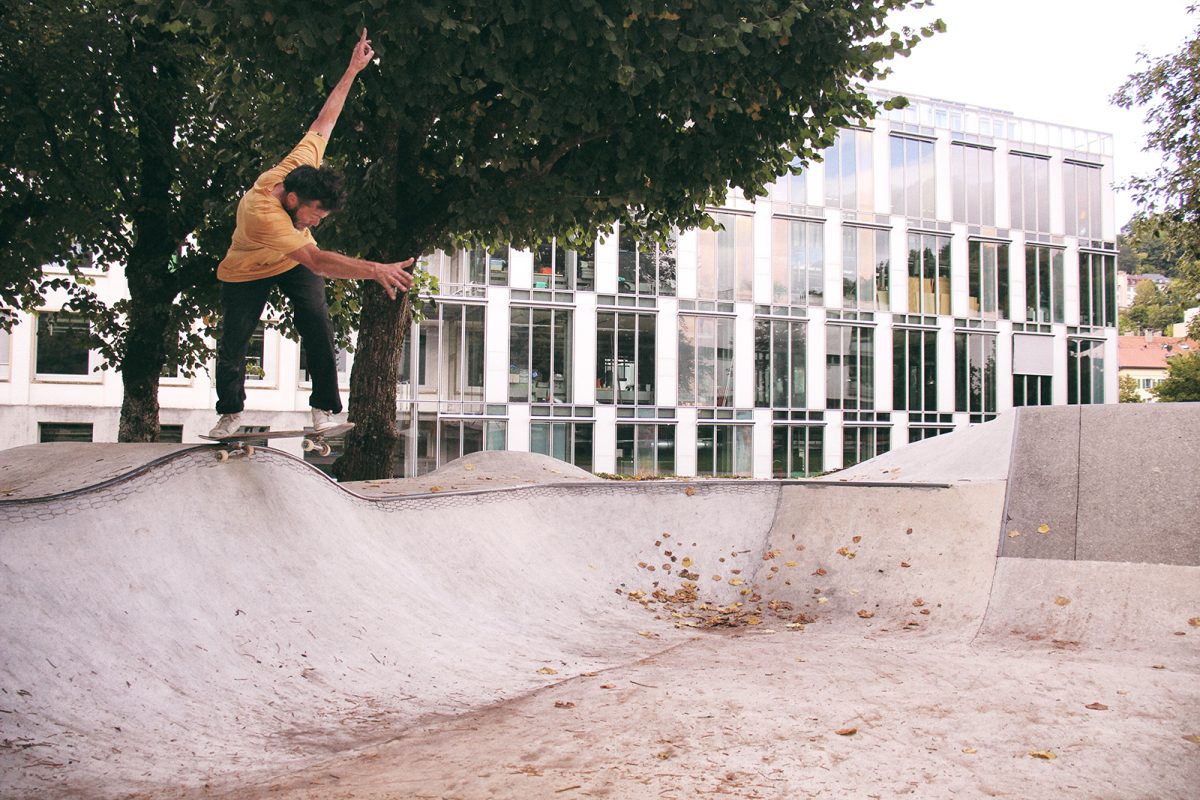
I somehow have the feeling your DIY never got the recognition that it deserves. Do you agree? Do you care actually ?
It’s true that, in the DIY skatepark world, our project isn’t well renowned. I use this project, especially the participatory process involving youth, in my teaching and my research activities at my job in a University of Applied Sciences (Haute école de gestion Arc/HES-SO), but, I suck at promoting this in the skate scene. And when I try to fix it with an event like our ten years anniversary, I didn’t notice our friends had organized the Schnellfest the same day. Beyond pleasing my ego, recognition could attract skateboarders to come and skate our park, and that would be the best reward.

How do you feel when I’m telling everybody that the Versus DIY Skatepark in Saint-Jean-de-Maurienne would had never existed without you? I mean you inspired so many people… just ask Tristan at Les Gras DIY !
I’m stoked if our project inspired your skatepark and others, but I’m sure you would have made it anyway. DIY seems to be a big trend nowadays in skateboarding and we are not so innovative regarding other projects, even if every project is unique depending on the context, the municipality and the people committed. What makes the Locle Ness DIY different is maybe that we’ve built the skatepark step by step during building jams that last one to three weeks and that we’ve involved children and teenagers with the idea that everybody could learn how to do it properly. It worked and that’s maybe the part I’m the most proud of. This ten year anniversary party was great!
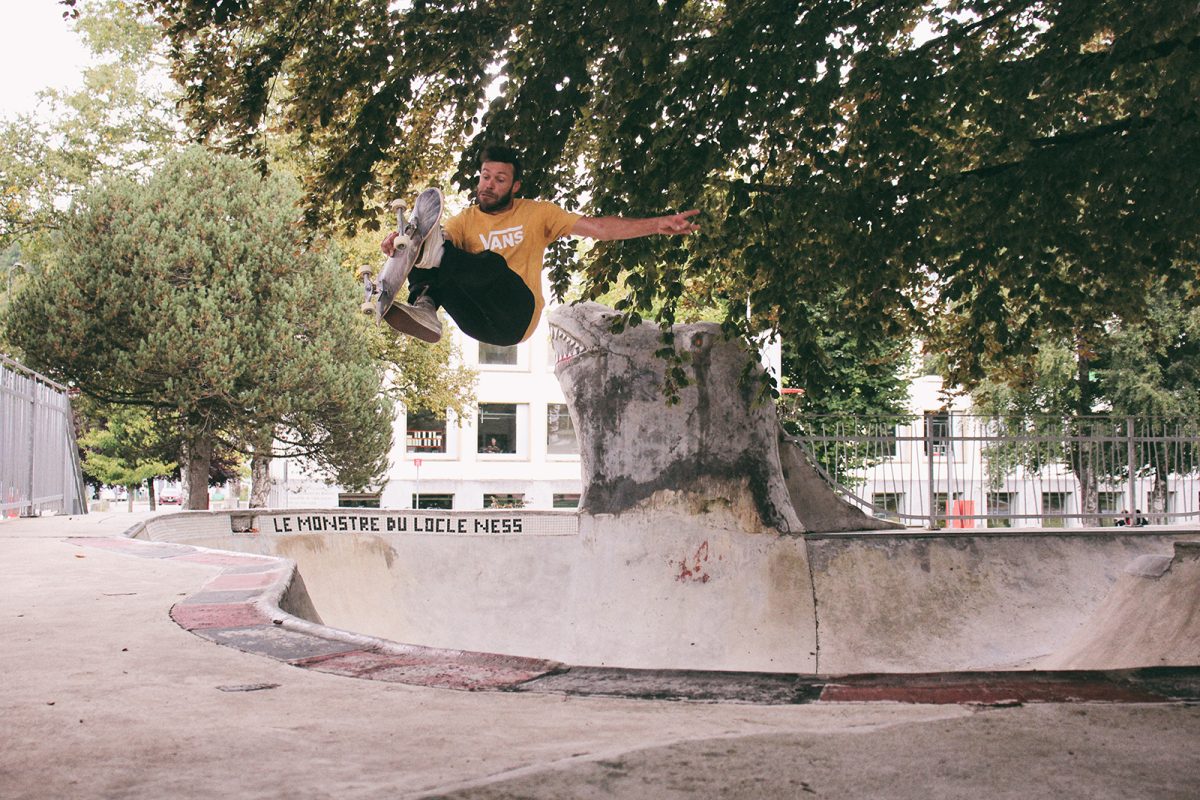
And now, what’s next? We’ve had many talks together about “quitting” all these projects sometimes but… you always end up finding a new project / mission!
Beyond organizing other events in the aim of bringing more good skateboarding in this skatepark, there are several parts we want to change, as well as adding street furniture and creating “art pieces”. This kind of project is a resource to imagine a lot of activities as skate lessons, fanzines and serigraphy workshops, etc. – just like you and your crew do around theVersus DIY skatepark – and it’s maybe the best that could happen.
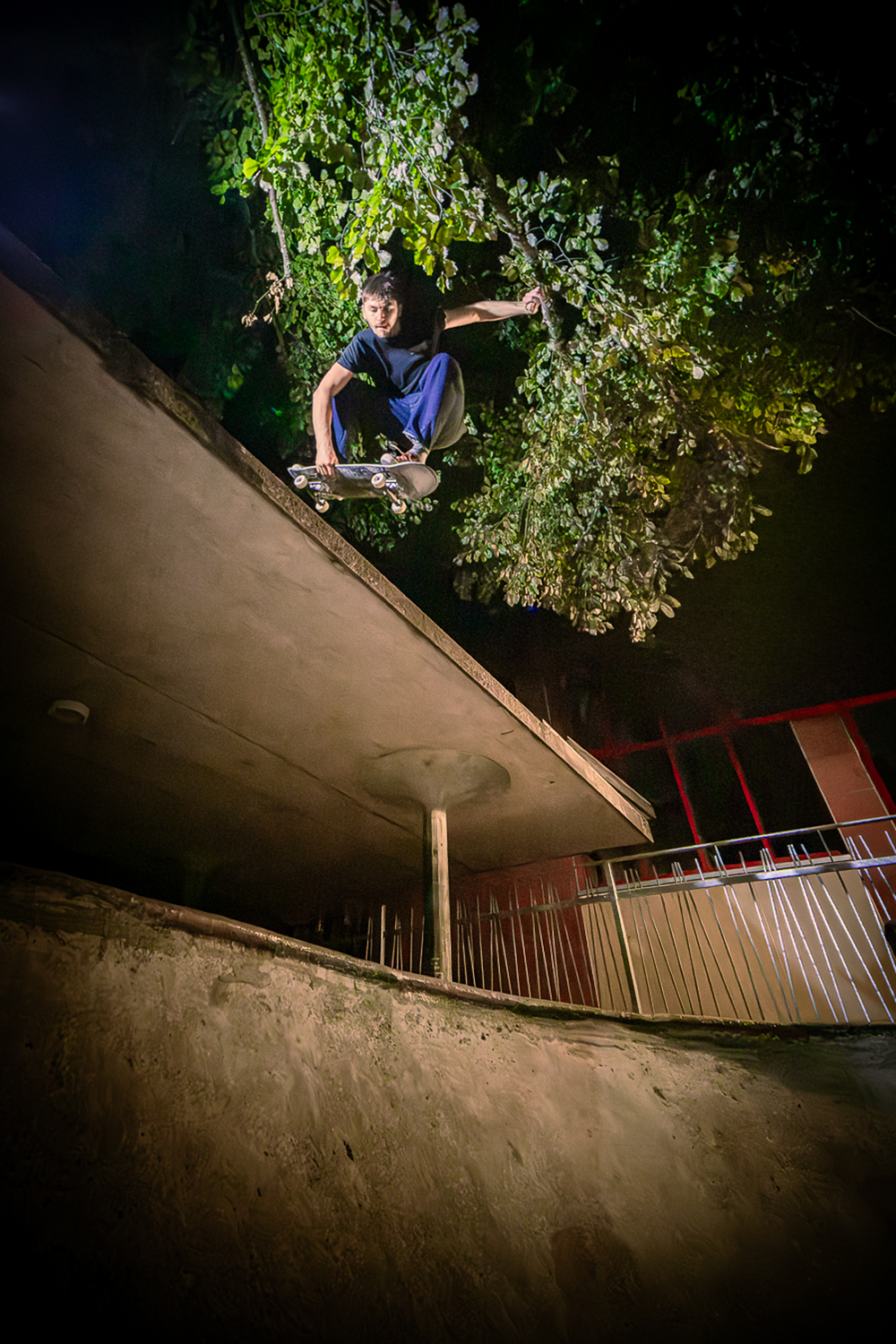
Jé, I will forever be thankful. Thank you. In the name of many skateboarders, thank you. Ok, before I start to be too emotional, let’s wrap this thing up. Do you wanna add anything ?
Thank you, Jeremy, for your help during those years. You’re really the one who taught us how to build a skatepark correctly. I’m always embarrassed with your congratulations, especially coming from the leader behind the DIY skatepark in St. Jean-de-Maurienne. We must keep in mind that everybody brings something to a skate scene, not only the ones who are in the spotlight.

